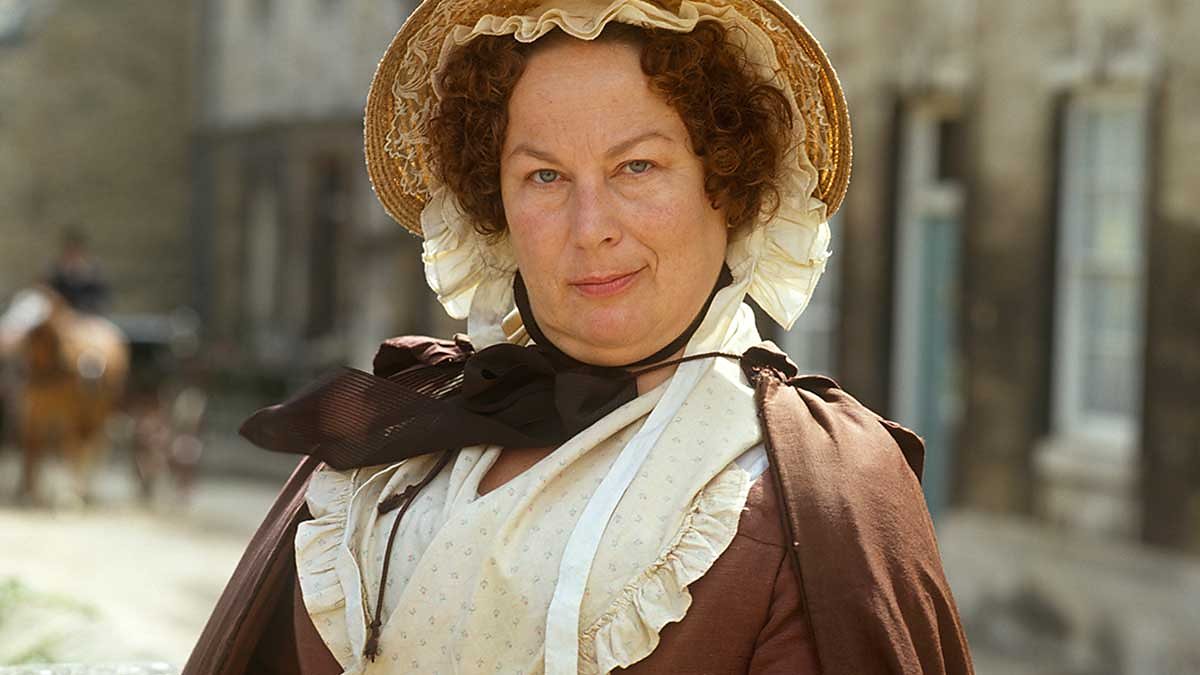


Similarly, the death of a married character returns the surviving spouse to the sexual economy, generating new and distinct possibilities for courtship and remarriage. For a culture deeply invested in inheritance, a character’s death is often significant in that it can free a particular fortune or living into circulation within a community, usually prompting contention that further drives the narrative forward. They are also important for the ways in which they simultaneously allow and disallow an array of related scenes central to the development of character and plot. In the Victorian novel, death scenes act as pivotal moments to be remembered and revisited by both characters and readers. In her Relics of Death in Victorian Literature and Culture and The Brontë Cabinet, Lutz addresses the Victorians’ preoccupation with death and its lasting effects through her study of relics and the ways in which “rather than denying death, the relic could help make apparent the terrible poignancy of the body becoming object it could reenact that moment, again and again” (8). Scenes of death and mourning abound in Victorian literature, and scholars from Garrett Stewart and Pat Jalland to Jolene Zigarovich and Deborah Lutz have explored how authors grappled with mortality both in their fiction and in their own lives.


 0 kommentar(er)
0 kommentar(er)
